Posted on: September 9, 2024, 08:05h.
Last updated on: September 9, 2024, 08:16h.
On May 2, 1931, only five weeks after Nevada lawmakers legalized casino gambling, the first newly built casino opened lawfully in Las Vegas.
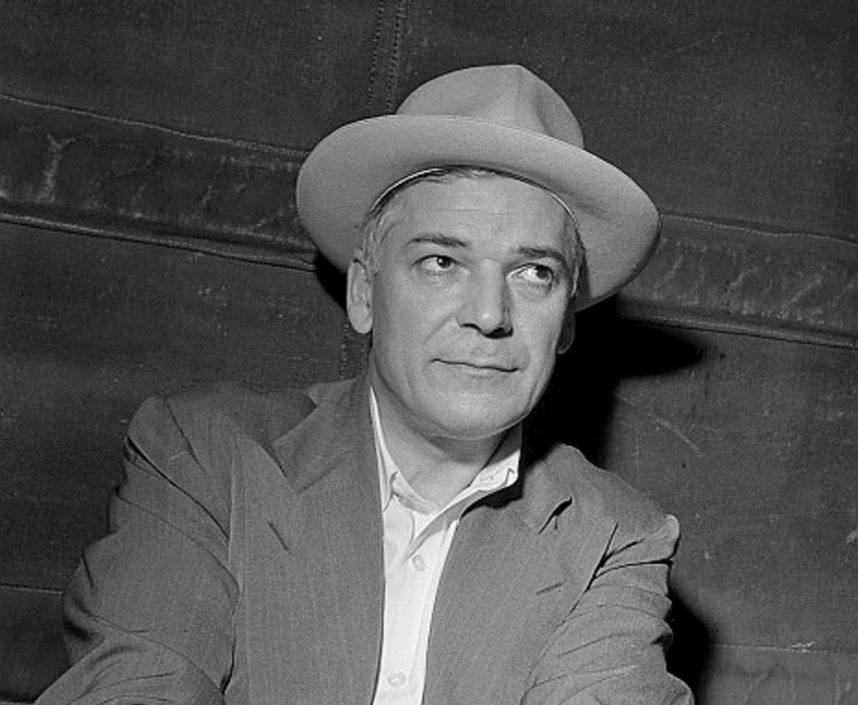
Named after the English translation for the city’s Spanish name, the Meadows Club debuted less than half a mile outside city limits near Boulder Highway, the newly paved main road into Las Vegas for the workers building Hoover Dam.
Being outside city limits meant it wasn’t under police jurisdiction — always a good thing when you’re conducting illegal activities such as serving alcohol.
With its fancy blue-velour interior, casino carpeting instead of sawdust, and whiskey that wasn’t made in a bathtub, the Meadows Club — which cost a then-fortune $31,000 to build ($641.5K today) — was the casino that set the template for all future Las Vegas resorts.
“This was the first built from the ground up to be a casino,” Las Vegas historian Patrick Gaffey told Casino.org. “It had live entertainment. And, at the opening, everybody was required to wear tuxedos.
“Nobody had ever heard of anything like that before.”
Three years later, the Meadows Club made more history by hosting the Las Vegas debut of Frances Gumm, the youngest member of the Gumm Sisters. She would become better known by her stage name, Judy Garland.
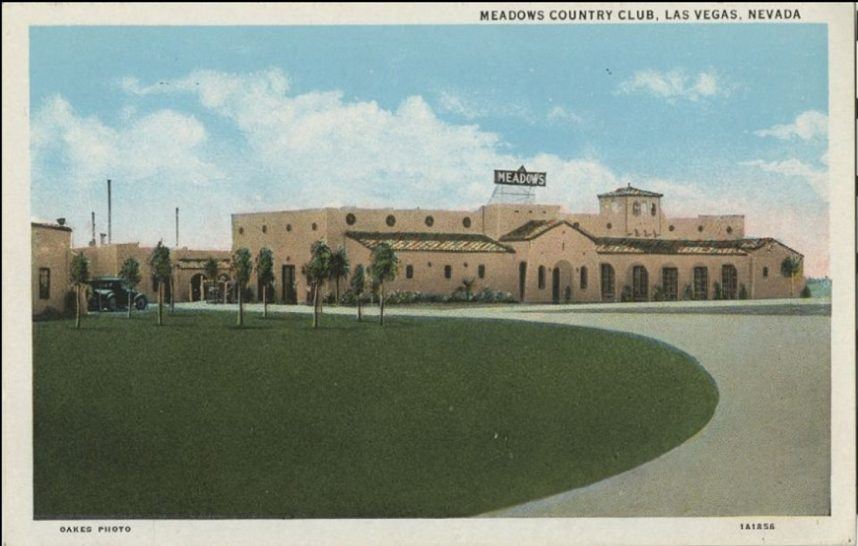
But the Meadows Club is remembered a lot more fondly than it is accurately. Many myths about the casino resort have been introduced over the past 93 years by reporters, authors and Wikipedia editors relying only on previously published myths, imparting their own speculation in the process.
“Errors have accumulated like a game of telephone,” said Gaffey, who published a meticulously researched article about the many Meadows myths in Vol. 55 of the “Nevada Historical Society Quarterly” and has lectured about the subject.
Here are the top three myths…
MYTH #1: The Meadows Club Was Tony’s
This inaccuracy was introduced by Cornero’s front-page obituary in the Las Vegas Review-Journal, written by reporter Bob Holdorf, on Aug. 1, 1955. It now appears as a fact on Wikipedia and almost everywhere else.
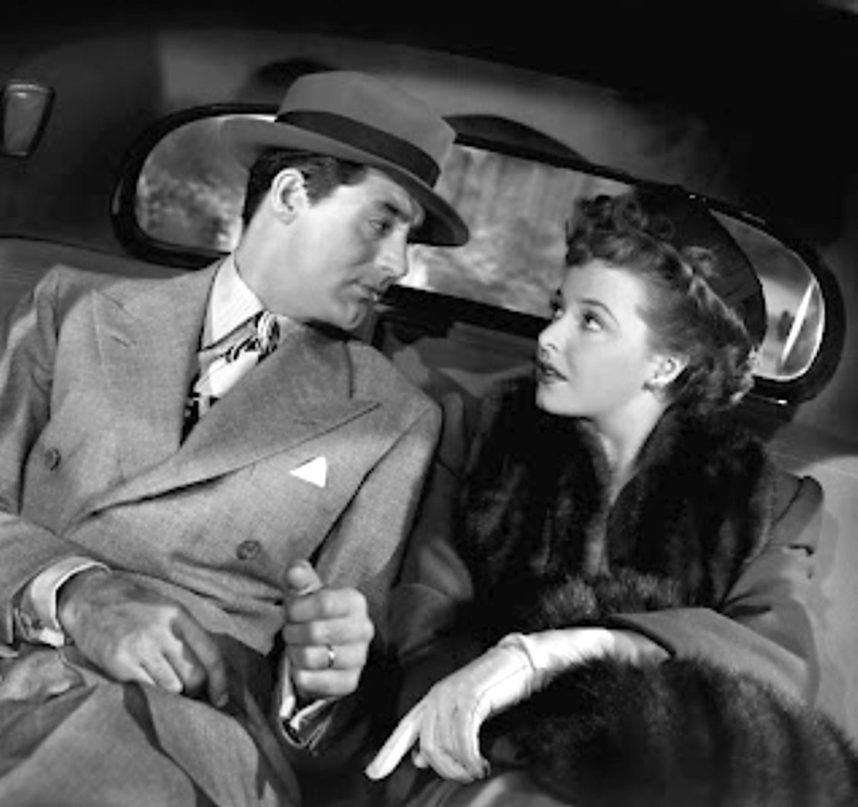
Everyone wanted Cornero — also known as “the Admiral” or “Tony the Hat” for his ever-present white Stetson — to have built the Meadows. He was such a nationally admired anti-hero, RKO Pictures based a 1943 movie on his life. (It was called “Mr. Lucky” and starred Cary Grant. Later, it became a CBS television series.)
But the truth is that the Meadows Club was the baby of Cornero’s older brother, Frank, and younger brother, Louis, who financed it and obtained a gambling license that April for two tables each of craps, roulette, blackjack, and poker, five slot machines, and the long-forgotten games of English Hazard, Faro and Big Six Wheel.
All three brothers were wealthy Prohibition-era bootleggers, but Tony was the only one imprisoned for it. Mr. Unlucky was locked up at the McNeil Island Federal Penitentiary in Washington State during every stage of the Meadows’ planning and building.
On the night of its grand opening, Tony still had three months left to serve on his two-year sentence for trying to return to the US from Mexico with 1,000 cases of rum in 1926.
“All the journalism about the building and opening of the place at the time mentions Frank and Louis, not Tony,” Gaffey said. “All of it.”
And Cornero, one of the least modest outlaws who ever lived, was not prone to humility.
“If the Meadows had been even partly his project, everyone would have known,” Gaffey said. “By the time Tony arrived, it was designed, built and filled with guests. It would stand or fall as Frank and Louis created it.”
Tony had a distinct lack of interest in the project, Gaffey explained, because it didn’t make enough money to be worth his time. Through bootlegging, he had become a millionaire by age 25.
“So when he got out of prison, Tony came to Las Vegas and stayed at the Meadows Club for two months at most, then headed back to Los Angeles and got right back into smuggling booze,” Gaffey said. (Prohibition wouldn’t be lifted for another two years.)
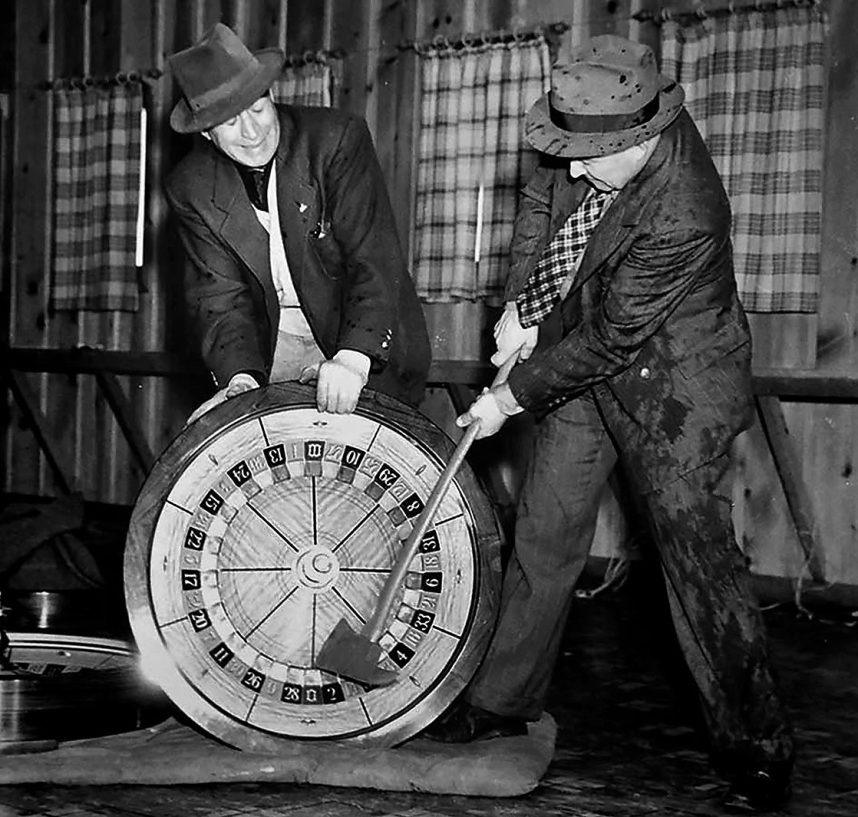
By the way, while being transferred to prison, Cornero escaped his guards and jumped off a train. He boarded a ship to Vancouver, Canada and eventually reached Europe, where he spent several years hiding until, in 1929, he returned to LA and turned himself in.
A decade later, Cornero ran an illegal gambling ship off Santa Monica. When California’s governor cracked down and sent in the Coast Guard, two neighboring ships immediately surrendered.
But not the S.S. Rex. Cornero had his ship’s gangway barricaded and blasted powerful water cannons at all agents who tried to board.
“Nobody’s coming aboard this ship!” Cornero shouted, according to the Los Angeles Examiner. “We’re on the high seas and we’re prepared to defend our rights! Try to use force, and we’ll use it, too!”
Nine days later, Cornero finally surrendered. When reporters asked him why, he replied: “because I need a haircut.”
Now you want Tony to have built the Meadows, too, don’t you?
MYTH #2: The Mob Torched the Meadows
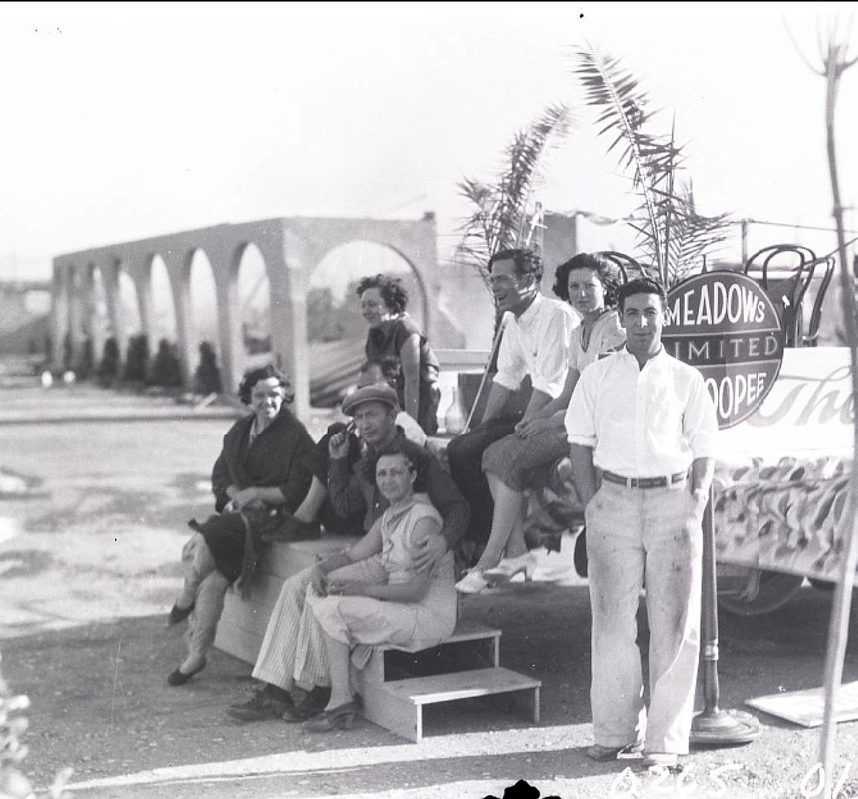
The Meadows Club opened with only 25 hotel rooms. After the opening went so well, Louis, the project’s general manager, oversaw construction of a hotel with 50-100 more rooms (accounts vary) next door.
The addition had only been open for a week or two when it burned to the ground.
“Fire ended the brief run of the Green Meadows (better known as ‘the Meadows’) in September of 1931,” according to the website nationalcrimesyndicate.com. “Allegedly, the spot was torched because Tony refused to give a cut to Lucky Luciano and Meyer Lansky.”
Gaffey calls everything about this report “just crazy.” According to all original accounts, an accidental fire broke out in the hotel’s boiler room. Arson was never suspected.
”There was no reason to burn it down,” Gaffey said. “This was the first serious casino in Las Vegas. It was just getting going and it hadn’t shown any real promise. There is no reason for anybody outside the city to have known anything about it.”
But Gaffey is not finished correcting that report…
- It was only the new hotel that burned. The casino and its original rooms were undamaged and continued operating for another decade.
- Once again, it was never Tony’s place.
- No one ever referred to the property as “the Green Meadows.” Ever.
“Where do they get this stuff?” Gaffey asked.
A less-recalled element of the fire provides almost as much drama as the fictionalization…
Frank and Louis phoned the Las Vegas fire department, repeatedly, in between attempts to fight the blaze themselves. Yet they refused to send an engine.
“The district attorney had warned the fire department that it can’t have their people going outside the city to fight fires,” Gaffey said.
Being less than half a mile outside the city limits isn’t always a good thing.
MYTH #3: Who Bought the Meadows
According to this 2010 UNLV article, Frank and Louis sold the Meadows Club in 1935 to Dave Stearns, his brother Sam Stearns, and Larry Potter. This information is repeated in Larry Gragg’s 2015 book, “Benjamin ‘Bugsy’ Siegel: The Gangster, the Flamingo, and the Making of Modern Las Vegas” and on the Meadows’ Wikipedia page.
Yet neither the Stearns brothers nor Potter ever owned it. According to a May 30, 1935 article in the Review-Journal: “The Meadows is open every evening with Larry Potter and Dave Stearns as managers. Sam Stearns and Elmer Sorber are associated with them in advisory capacities.”

Though they leased the property to other people, Frank and Louis owned it until they decided not to in 1941.
“The place was, by that time, a white elephant,” Gaffey said. “They were just trying to get rid of it.”
Louis sold it to local businessmen Nate Mack and R.J. Kaltenborn. Frank had traveled from California to Vegas to participate in the sale. During the trip, he had also planned to marry Miss Gladys Thompson of Elko, Nev. the following week.
But tragically, his car plunged off the road coming down from a cabin on Mt. Charleston, flipping over and ejecting him into a pile of limestone. The back of his skull was smashed to bits. He was 43.
News of Frank’s death barely made the newspapers. The Los Angeles Daily News’ headline read: “Frank Cornero, Tony’s Brother, Killed in Nevada.” The Reno Gazzette-Journal sandwiched the news of Frank’s death between two other Las Vegas traffic fatalities, and took the trouble to explain that the Meadows Club was “once-famous.”
The new owners of the Meadows Club leased it to an enigmatic local character named Eddie Clippinger, who immediately converted it into a brothel. Because of its proximity to the Las Vegas Army Airfield (now Nellis Air Force Base), the Army pressured Clark County Sheriff Gene Ward into shuttering it in July 1942.
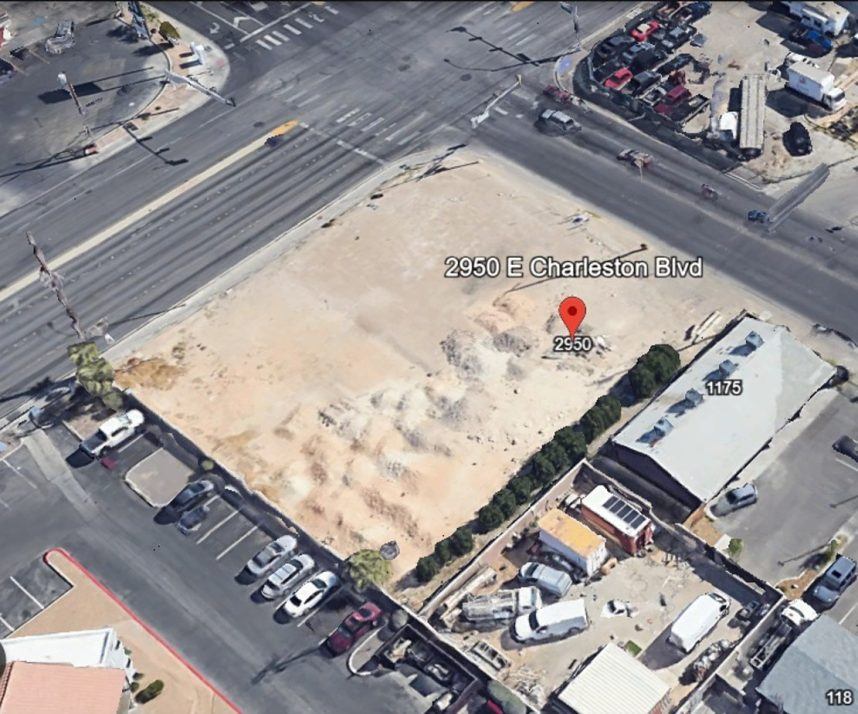
So Clippinger reopened his house of ill repute in a more remote part of Clark County, nicknamed “Formyle” because it was four full miles out of the city’s jurisdiction on Boulder Highway. He opened it with, and named it after, his wife. The couple ran Roxie’s from 1946 until 1954, when they each received three years in prison and a $5,000 fine for violations of the Mann Act.
The building that housed the Meadows Club was repurposed for WWII military use but was destroyed by another fire the following year. Most recently, some of its former 20 acres hosted the Charleston/Mojave Project Apartments at 2950 E. Charleston Blvd., which were constructed in 1954 and demolished in October 2022.
Tony Cornero’s Disputed Fate
Tony Cornero returned to Vegas by the early ’50s, hoping to open the world’s largest casino hotel, with 1,000 rooms and 16,000 square feet of gaming. By July 31, 1955, he had spent $3 million constructing what he intended to call the Starlight.
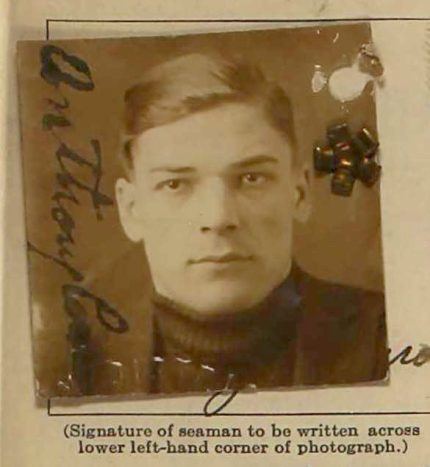
That was the day he died. He was shooting craps at the Desert Inn when he clutched his chest and dropped to the floor. He was 55.
“I think, and like other people think, he was murdered,” Ernest Marquez, author of the 2011 book “Noir Afloat: Tony Cornero and the Notorious Ships of Southern California,” told the Los Angeles Times in 2021.
Poisoning is the most popular theory.
Gaffey dismisses this as a myth, too, since a coroner’s jury in LA determined that Cornero died of a heart attack and he was known to have suffered from a heart ailment.
“Tony’s heart was so terrible that wherever he went, he had his doctor with him,” Gaffey said. “When he appeared before the Gambling Commission, he had his doctor with him. And when he gambled at the DI, his doctor was right there and was able to pronounce him dead.”
If it is a myth, though, it’s not a simple one to bust. That’s because a would-be assassin had already shot and seriously wounded Cornero on Feb. 9, 1948. He was at home in Beverly Hills at the time, a mile and a half from where Bugsy Siegel — with whom he was known to associate — had been shot dead eight months earlier.
Additionally, Cornero’s body was removed from the Desert Inn’s floor before anyone contacted the Clark County Coroner or Clark County Sheriff’s Department — at least according to “Noir Afloat,” which also claimed that Cornero’s drinking glass was taken and washed before sheriff’s deputies had the chance to examine it.
And just who stepped in for Cornero to open the Stardust three years after his death?
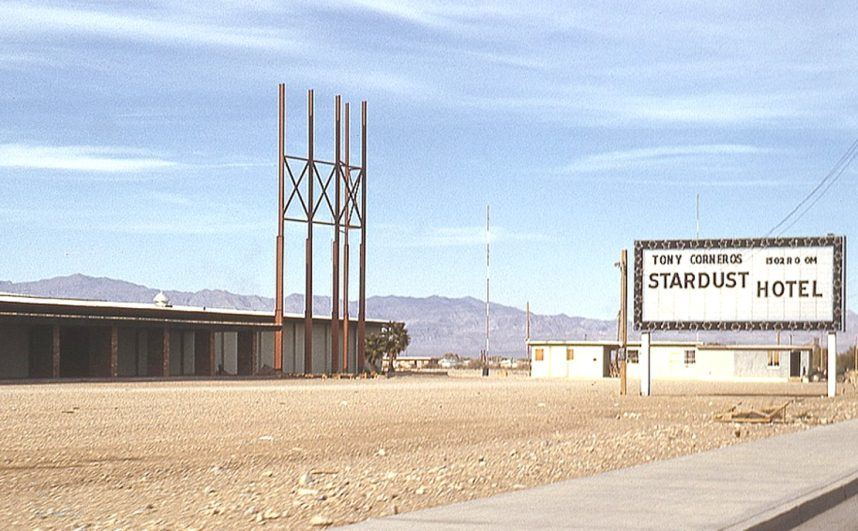
We know the answer to that one for certain. It was Moe Dalitz, the Cleveland mob operative who ran the casino that allegedly washed Cornero’s drinking glass.
Look for “Vegas Myths Busted” every Monday on Casino.org. Click here to read previously busted Vegas myths. Got a suggestion for a Vegas myth that needs busting? Email [email protected].


